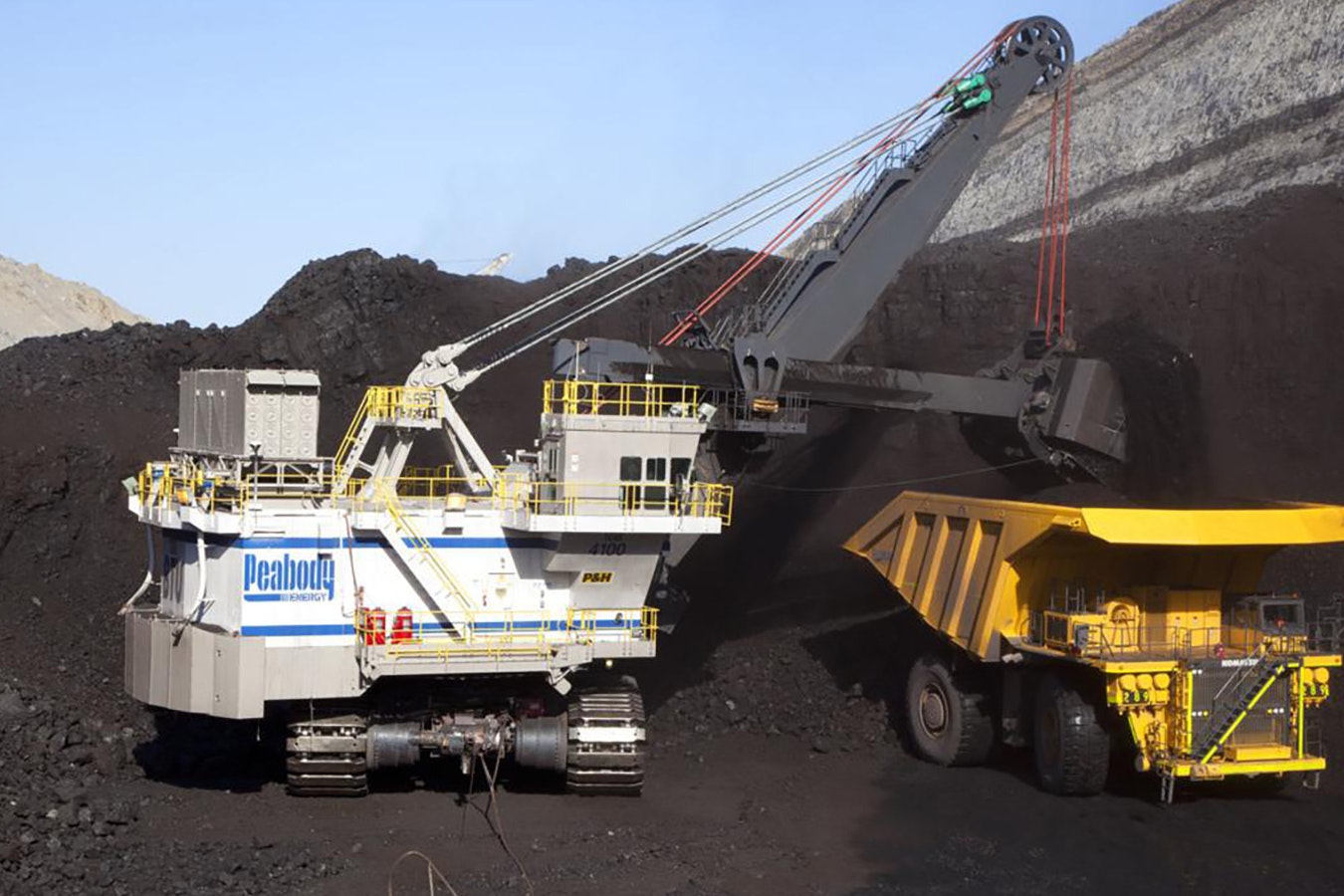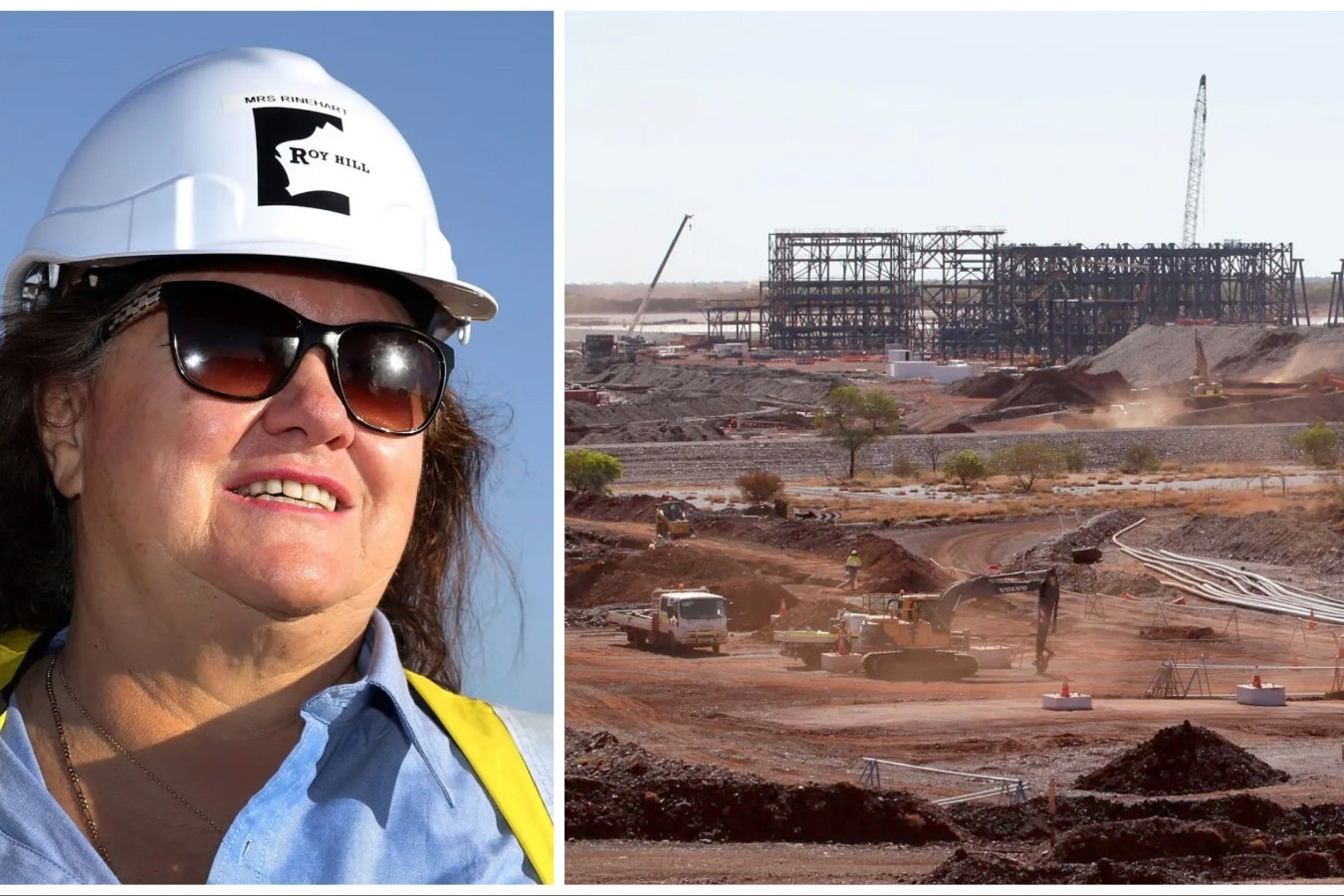The promise of a renewed uranium industry in Wyoming has been on the horizon for a long time now, but when the discussion comes up now, there’s more skepticism.
“Are we a viable candidate to really come to fruition? Because then we've been talking and messing around, trying to mine uranium for decades. Where do we stand?” asked Rep. Jon Conrad, R-Mountain View, at a Wyoming Legislature Joint Minerals Committee of the interim meeting in Kemmerer Friday.
Travis Deti, executive director of the Wyoming Mining Association, said that if the current licensed uranium mines in Wyoming were fully staffed and the demand was there, the mines would produce 13 million pounds of uranium annually.
If that happened, Wyoming would be producing 11% of global production today. The entire United States’ uranium production in 2022 was 150,000 pounds, according to the World Nuclear Association.
No Production
Deti said that the Wyoming members of the association told him they produced 33,000 pounds of uranium in 2022.
“That’s basically no production,” he said.
A few things have changed in the last few years that could give the industry a boost. The invasion of Ukraine makes supplies from Russia less secure. Uranium prices have risen in the past couple of years to make more Wyoming uranium economically recoverable, and development of advanced nuclear reactors by companies like
Oklo and BWXT could drive domestic nuclear fuel demand.
Price Dependent
Wyoming has about 220 million pounds of recoverable uranium, but that is price dependent, said Jennifer Thompson, major projects manager for Gov. Mark Gordon’s office.
The price of uranium needs to be at $50 per pound to make that uranium economically recoverable.
Thompson said the forecast is that the price will remain at that level and go as high as $70 per pound in the next few years.
“We need them [prices] to be sustained in order to proceed to have these operations restart,” Thompson said.
Two mines are restarting this year in Wyoming, Thompson said, but they’re not expected to produce significant quantities of the material. That should change in 2024.
Should that forecast pan out, Wyoming could see a steady 1.4 million pounds per year in Uranium production, if only those two mines restart.
Critical to this is the federal Nuclear Fuel Security Act, which Wyoming Sen. John Barrasso has been a vocal supporter of. The bill, if it passes, would ban uranium imports from Russia and expand programs to support U.S. uranium mining and enrichment.
On Standby
Deti said there’s currently six permitted and operational uranium mines in Wyoming. There’s also one conventional mill, which is where ore is crushed before the process to extract uranium from it.
However, the mill and the mines are pretty much on standby.
They’re “producing negligible amounts of uranium just to keep their equipment going,” Deti said, adding that there are several projects in the permitting phase and some planned expansions.
The 33,000 pounds of uranium produced by Wyoming mines is down from 4.3 million pounds about a decade ago and 12 million pounds in the late 1970s.
Deti said, however, if the new generation of advanced nuclear reactors comes online, Wyoming does have the capacity to satisfy fuel demands for those reactors.
Federal Support
If advanced nuclear reactor technology did become a viable industry, Deti said Wyoming’s uranium industry would face a number of challenges.
One issue is that Russian, Chinese and Australian mines are state-sponsored operations.
“In order for us to increase our competitiveness, we’re probably going to need a little federal help from the government,” Deti said.
Developing a domestic supply would be environmentally beneficial, he said, since the U.S. has higher environmental and labor regulations than other major uranium producing countries.
“Are you going to rely on Russian supplies? Are you going to rely on supplies from Kazakhstan? Or are you going to do it right? We protect the environment,” Deti said.
Labor And Procurement
At the end of 2022, the uranium mining industry employed 142 people, which was an increase of 20 over the previous year. At its peak in the 1970s, it employed 5,300.
Deti said that in-situ mining techniques, which don't use open pits to extract the ore from the ground, would be employed a lot more if the industry ramped up production. In-situ mining requires fewer employees, so even under the best-case scenario, the industry wouldn’t likely reach the level it was at in the 1970s.
Uranium companies, he said, are also encountering trouble recruiting employees. There’s a lack of qualified applicants and a small labor pool.
Within that small pool are very few applicants with any experience in uranium mining.
There are also ongoing supply chain and inflation issues, Deti said. Procurement is expensive and lead times are long, especially for electrical equipment and drilling supplies.
“As things look a little brighter, we’re still having issues coming out of the COVID-19 pandemic,” Deti said.





